Our blend has been continuously perfected over centuries.
Following the latest research, we source every seed for the highest quality and efficacy
Catuaí
Red Catuai's flavour profile harmoniously blends bright acidity with a medium to full body, featuring notes of fruity cherries and raspberries and complemented by subtle hints of chocolate or caramel.
Red Catuaí
Yellow Catuai adapts well to different altitudes and offers a subtly sweet taste, reminiscent of caramel or honey, adding depth to each sip. It also has bright acidity and fruity notes like pineapple, mango, lemon, and orange.
OUR CURRENT ORGANIC ARABICA VARIETALS
Catuai is a result of the crossbreeding of Mundo Novo and Caturra and it adapts well to different altitudes in Guatemala.
Yellow Catuaí
Marsellesa is highly productive with a distinct profile that is influenced by its genetic lineage and growing conditions. It delivers a balanced cup with medium body and acidity and subtle floral notes accompanied by hints of citrus and chocolate.
Marsellesa
Anacafé 14
The ANACAFÉ 14 is a robust, high-yielding, and rust-resistant plant. It produces a balanced cup with chocolate, caramel, and hints of fruit, offering a medium body and gentle acidity.
Tipica
Tipica, an adaptable variety, delivers a delicate and nuanced flavour profile with sweet and bright acidity, medium body, and a wide range of flavour notes, including floral, fruity, and occasional nutty undertones.
Bourbon
Bourbon coffee may yield less, but it's renowned for exceptional quality. It delivers a bright, balanced acidity with a medium to full body. The flavours can vary, often featuring fruity and floral hints, like berries and citrus, and sometimes a mild nuttiness. Sweetness can range from sugary to fruity and honey-like.
2SL
MGS Paraiso 2
Chiroso
Sydra
Bourbon Aji
Ombligon
K7
Tipica Mejorado
Cenicafe 1
Kenia SL35
Shakiso
Batian
Papayo
Pacamara
Gesha Honduras
Gesha Panama
Monteclaro
Ovata
Anacafe 90
Lempira
Pao Brasil
Arara
Catucai
Riuri
By incorporating these exceptional varieties, our blend is continually evolving, ensuring that we bring you the finest and most diverse flavors available.
By 2027, we will be an Organic Seed Producer & Seller.
MICROLOTS (AVAILABLE BY 2027)
All winners of South American Cup of Excellence, currently under the supervision of Outcome:
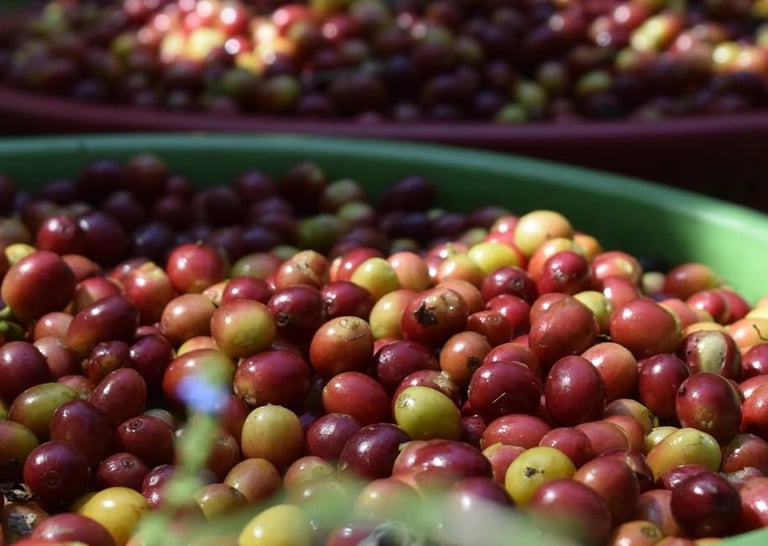

The selected cherries are depulped and the cherry is left with its honey. Then the coffee cherries undergo a shade drying process to preserve the nectar within and achieve the perfect level of moisture.
HOW IT'S MADE
We take care in every step of the coffee production process
The Green Coffee Cultivation Process
Soil Preparation & Grow Bag Filling


Seed Selection
The trees with the healthiest and most vibrant coffee cherries are marked and the cherries are handpicked and cut at their optimal ripeness.
Seed Depulping & Seed Shade Drying
The soil mixture prepared with a mixture of soil, vermicompost, and sand. The growing bags are filled with the mixture.
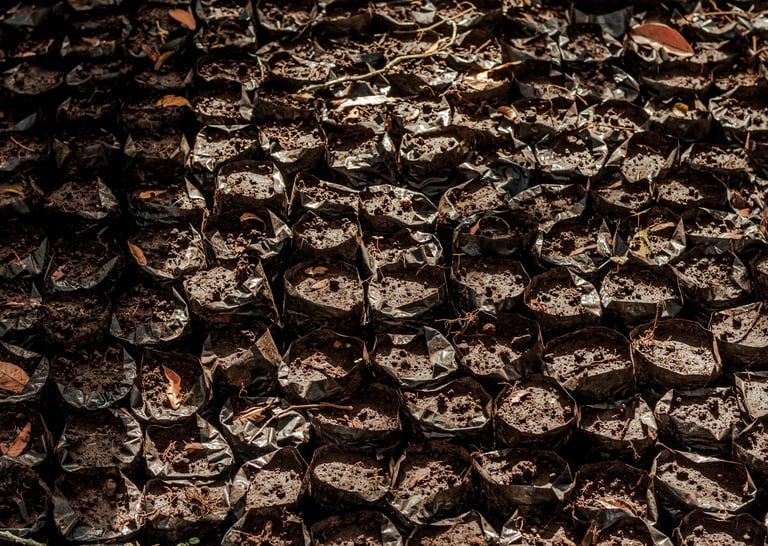

Seedling Planting in Grow Bags
One seed is placed in each grow bag.
Furrows & Bag Alignment
Furrows are carefully made to align the grow bags to plant the seeds.
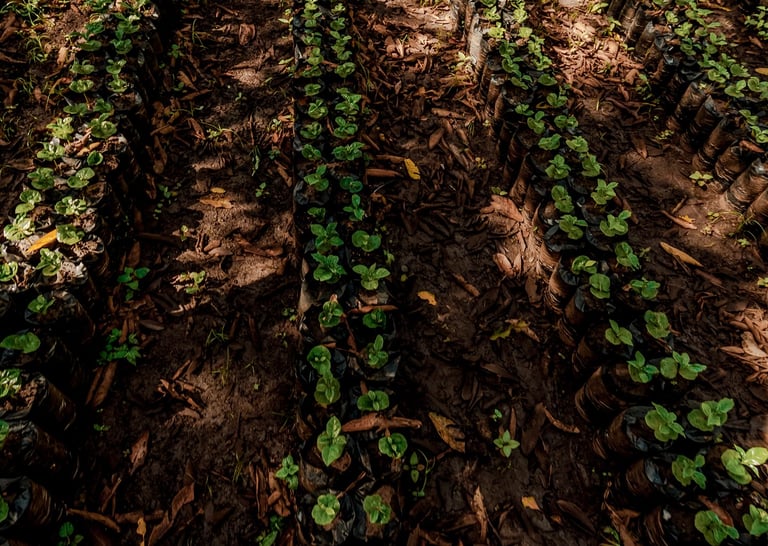


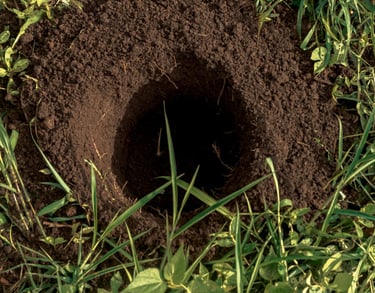
5-6 Month Seedling Growth
The seedlings are left to grow from 5-6 months until they are ready to be transplanted.

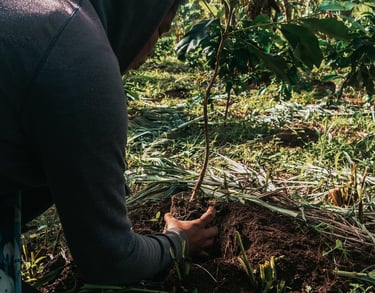
Seedling Transplanting
The seedlings are prepared for cultivation, the growing bags are removed, and the seedlings are planted in the holes.


Pit Preparation
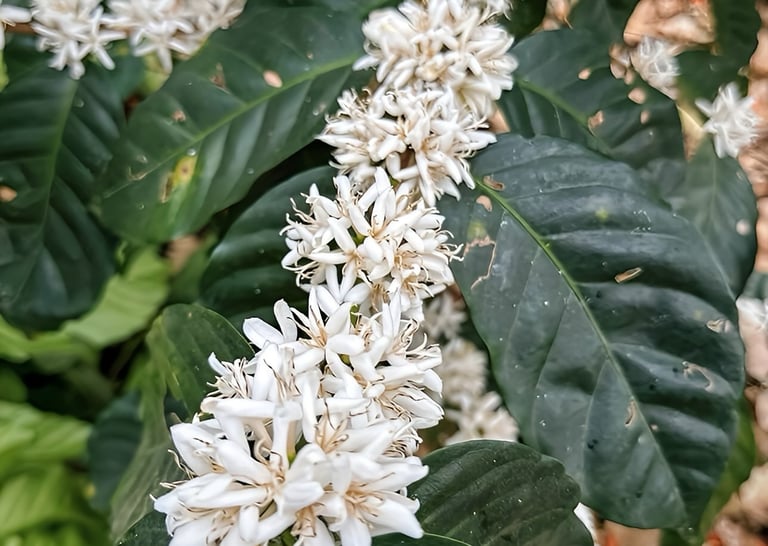

Flowering Process
Coffee plant goes through different stages until it turns red around the 32nd week, which indicates its optimal maturity.
The Green Coffee Wet & Dry Milling Process


The harvested cherries are transported to the processing area in labeled sacks with details such as the individual or group that harvested the coffee, the tree it came from, and the quantity picked on that particular day.
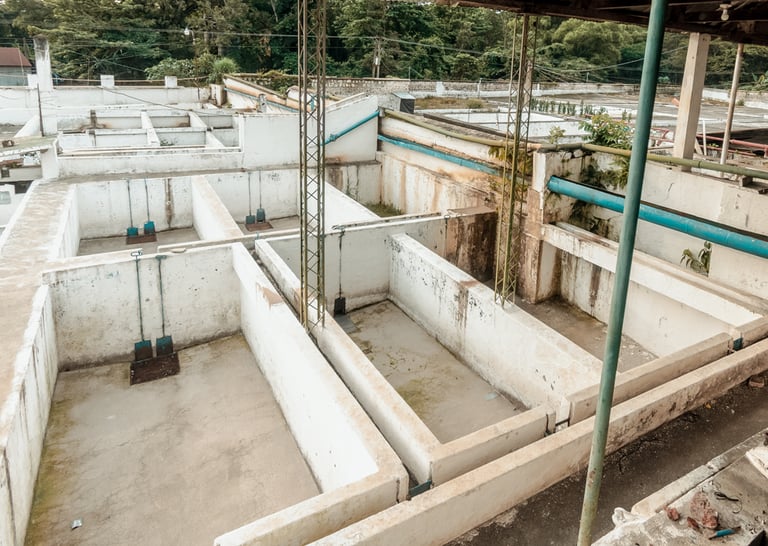

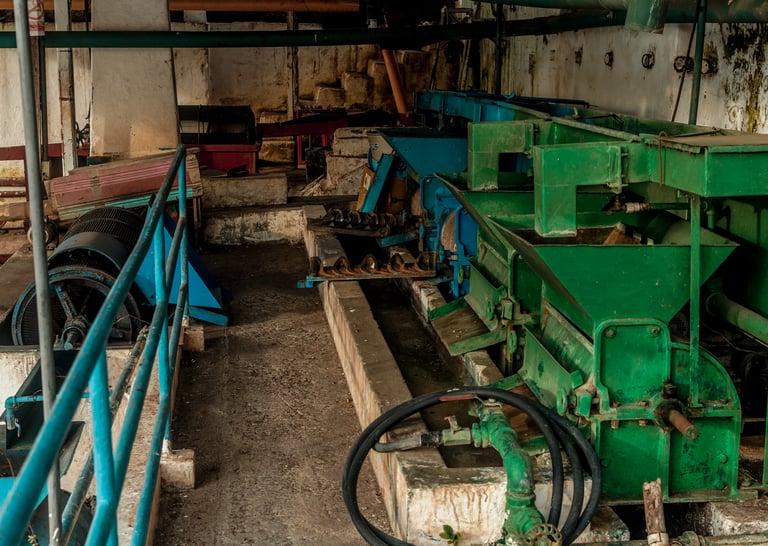

The cherries then enter the repassing pulper, the one that removes the husk from the beans that were not depulped in the initial pulping process.
The cherries enter the washing tanks and are poured into channels to the pulper machines to remove the soft fruit residue, including skin and pulp, and some of the mucilage from the cherries.
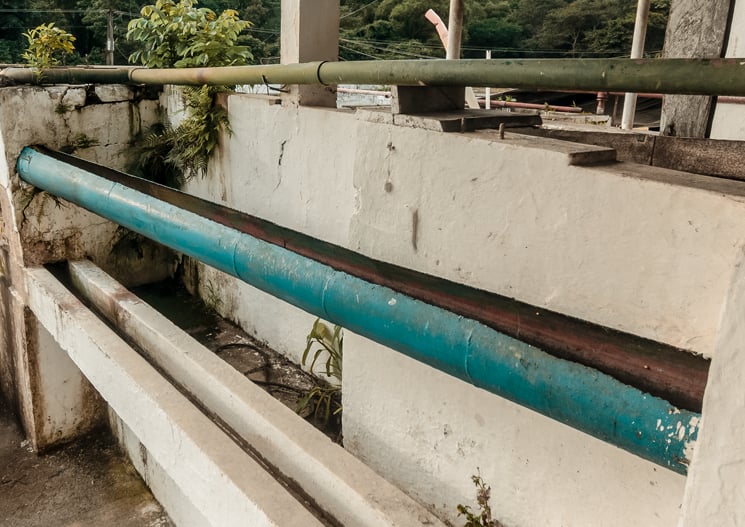

The cherries are washed and passed through the channels to be dried in the patios.
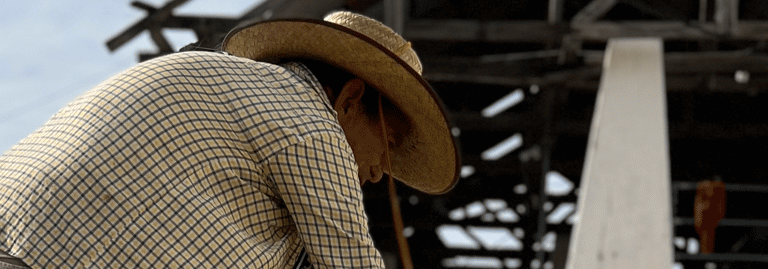

The coffee is then moved to patios for sun drying. Each batch is assigned a number, indicating the start of the drying process and linking it to its lot number.
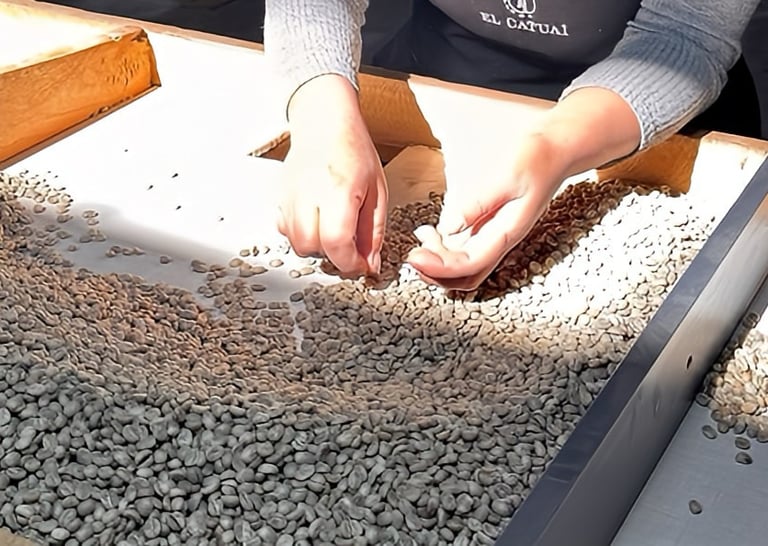

The coffee beans are moved to the tables selected and graded into their categories and stored in sacks, where they are kept in optimal conditions until they are ready for export.

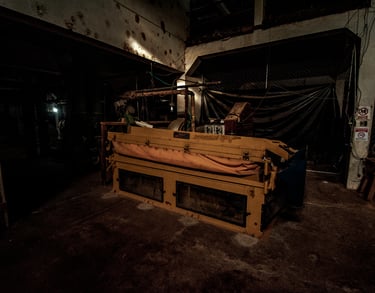
After hulling, the coffee goes through the Oliver, where it is sorted into three categories: first-grade coffee (the best beans), second-grade coffee (smaller beans), third-grade coffee (lower quality beans).
The cherries undergo a 24-hour anaerobic fermentation process, during which the mucilage or honey-like substance that covers the coffee cherries is removed.
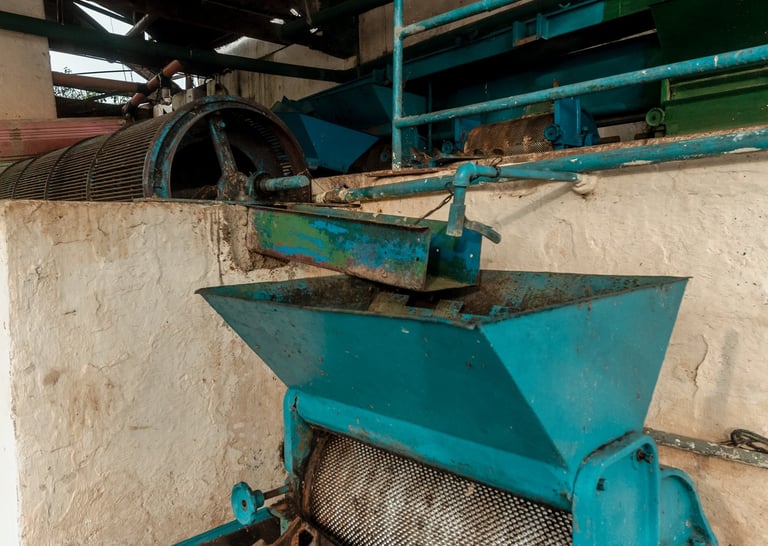

Once dried to the optimal moisture content of 12-13%, the coffee undergoes hulling to remove the parchment layer and the green coffee beans are extracted.


Collection & Transport of Cherries
Washing Tanks & Pulper Machine
Re-Pulper Machine
Anaerobic Fermentation Tanks
Washing Pipes
Patio Drying
Hulling Machine
The Oliver
Selection Tables
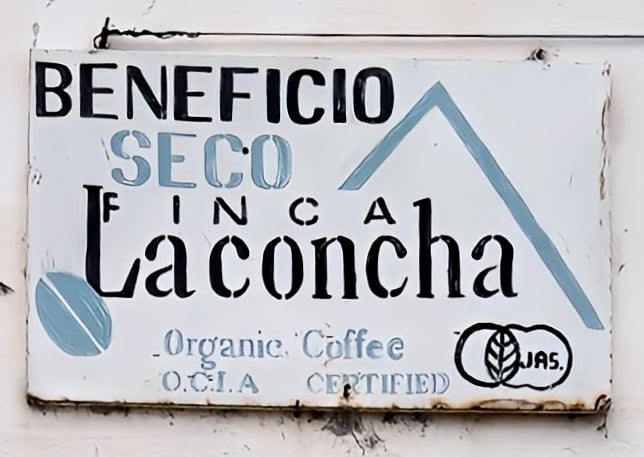

The pits are dug in well-spaced rows with optimal spacing between each pit, water drainage, and sun exposure.


